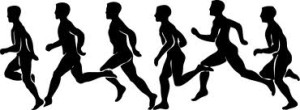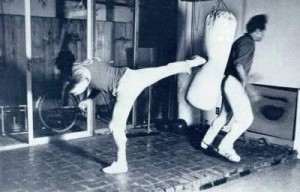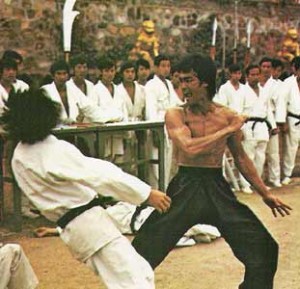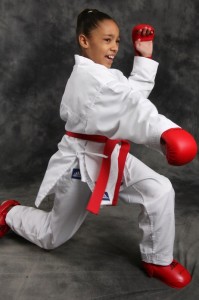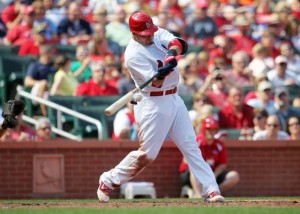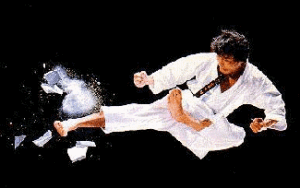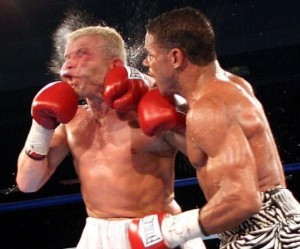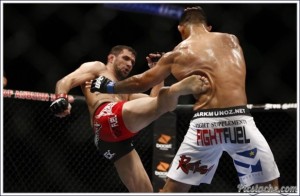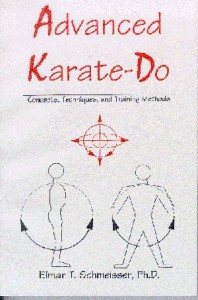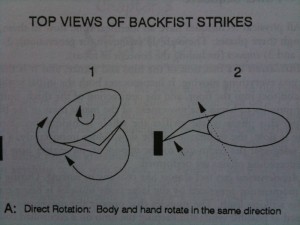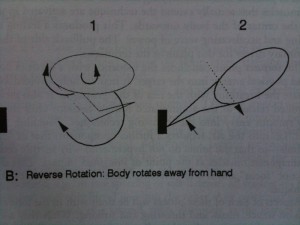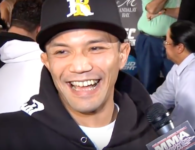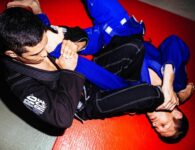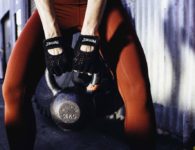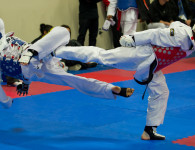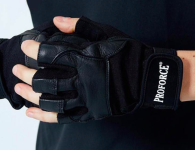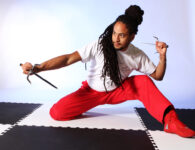The study of martial arts is, in many ways, the study of the application of force. We spend a lot of time trying to optimize the different ways in which we can increase the amount of force we can generate.
I was watching on TV an old interview with Steve Jobs. In it he talks about a study he read that measured efficiency of locomotion of the different species.
In other words, who could go further with the least amount of energy? It turns out condors are the winners. Human’s aren’t even near the top. And still the study went on to say that if you were to place a human on a bicycle. Humans would then surpass all other species by a large margin.
Humans are tool builders.
And that’s exactly what martial arts are. They are tools, physical and mental, that increase the body’s capabilities.
With that in mind I want to talk about the difference between a thrusting strike and a snapping one. What are the mechanics?
A thrusting strike is a hit that displaces whatever’s on its way. It moves the target.
A snapping strike doesn’t so much want to move you but rather wants to create the largest amount of impact.
I remember my sensei making a big deal out of the difference. Especially when practicing forms. You had to know what was what.
He used to call the strikes by their Japanese names. Kekomi for the thrust and keage for the snap. So that most techniques could be done either way depending on the application.
He explained that in the thrust strike the foot or fist travels out faster than it returns. And usually there’s more emphasis placed on the follow through. This is because in a thrust strike, the hips (which provide the power) usually travel in the direction of the strike, making them harder to retract.
Imagine taking a swing with a bat and right after hitting the ball, snapping and going right back. Impossible. Maybe not impossible but you would have to spend an incredible amount of energy to achieve it.
What you’re doing is aiming to hit through the target and part of the force generated has to do with the fact that you’ll encounter resistance when you get there. Without this resistance the force of impact is greatly diminished.
Imagine trying to hit a floating feather with a thrust side kick.
On the other hand, the snapping strike comes back faster than it travels out. It has a whipping effect. Just like when you roll up a towel at the beach and snap it at somebody.
That type of strike is aiming to create impact vibrations. Like a slap to the face.
For certain targets this is more beneficial. For example: a good snapping strike to the side of the head is going to cause the brain inside the cranial cavity to bounce around. This is what produces a knockout. You’ve seen it a million times during boxing matches. The head of the boxer snaps back and their body goes limp.
While a thrust strike to the ribs will plow through whatever’s there.
Both types are effective, just in different ways.
In his book Advanced Karate Do Elmar T. Schmesser talks about the rotation of the hips in relation to circular strikes.
Suppose you’re throwing a BACK FIST.
Now, you can rotate your hips in the direction of the strike for one kind of force and you can rotate them in the opposite direction for another.
He even has a neat diagram in the book to show you.
Both strikes are powerful but in different ways.
So next time you’re sparring or hitting the bag, think about what type of force you’re using, and what would be the most efficient way to generate that force.


